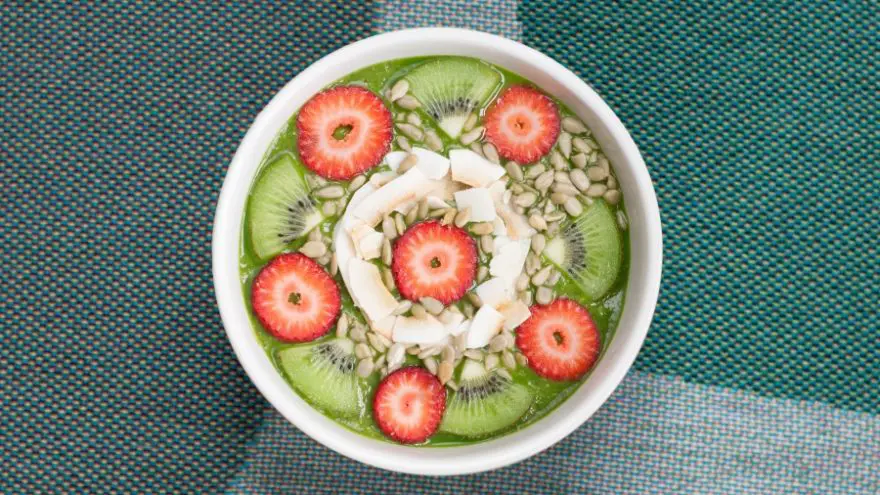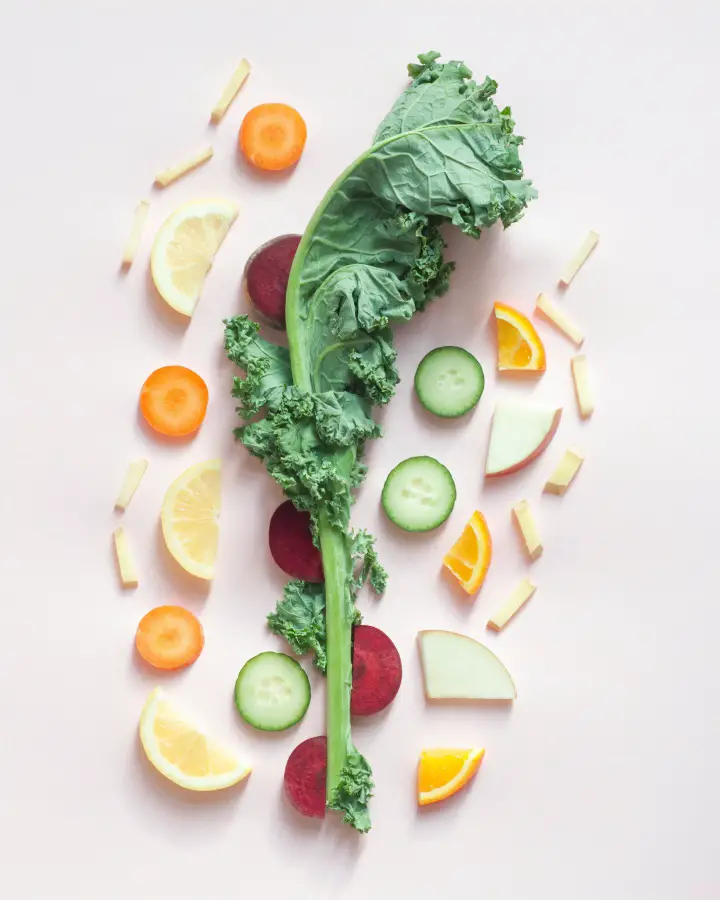How to Introduce New Foods to Young Children

Newborns survive on breastmilk or formula until they are around six months, then your pediatrician suggests that you start your baby on food that is pureed or store bought. There are some foods like eggs and orange juice that can cause allergies and parents normally wait until their child is one year of age. At one year of age, out goes the formula and your child can now drink milk, eat eggs and drink orange juice. In order for your child to develop a taste for all foods, you can always blend whole foods for the baby so they can get used to a variety of food. Parents can also use honey after their child turns one.
Parents tend to worry about what to feed their baby because of allergies so there are established guidelines on when to introduce certain foods. Honey is something parents have to be careful of. Honey can cause food poisoning in infants if used before age one and infants can choke because honey is thick. So wait until after they turn one to use a bit of honey. It’s important to limit the number of sweets in your child’s diet so they don’t fill up on unhealthy calories.
When your child is a year and a half you can try giving them some raisins. It’s important to just give them one raisin at a time so they don’t choke. If you feel your child is not ready for raisins then wait until they turn two and introduce them. Parents can also give their toddlers some carrot sticks but make sure they are diced. You can give them a tablespoon or a tablespoon and one-half of diced crunchy vegetables. The vegetables should be the size of a small raisin if your toddler has enough teeth by one and a half.
When your child turns one put them on whole milk and still breastfeed if you can but it’s a good time to introduce whole milk. Once your child turns two, they slow done as far as growing is concerned. They may run around more but now you can switch them to low-fat milk. If by chance obesity is in your genes, ask the doctor if your child can start low-fat milk when they turn one. One-year-olds need a bit more fat in their diets than two-year-olds so this is why whole milk is introduced at age one for healthy nutrients.
There are some foods that parents should wait to introduce. This is because the foods are hard or chewy and are big choking risks. Don’t give your kids that are under 4 marshmallows, nuts, any type of hard candy or popcorn because of the seeds. If you decide to try small foods, make sure you cut them into quarters. Small foods are grapes, tiny tomatoes and pitted olives. Cut hot dogs in half and then in quarters, before giving them to small children. After age 2 make sure all meats are cooked very soft and dice them as well. This includes all meat and poultry. Be careful of peanut butter with nuts in them or any type of butter with nuts. Cheese should be cut into cubes and if you decide to try celery on your little one, make sure you cut the pieces into quarters as well.
There are a certain number of foods that are high in allergens and are common to many small toddlers. Milk, eggs, wheat, peanuts, soy seeds, fish and shellfish as well. Many older children can be allergic to iodine in shellfish so it’s not really the fish itself. It’s the iodine in fish and shellfish that kids are allergic too. Each time they ingest the iodine, the allergy gets worse and they could choke so make sure you have your child tested for iodine if they have a fish or shellfish reaction. Some doctors prescribe an antihistamine if there is a danger of too many allergies.
People can be allergic to different foods at different times in their lives so make sure you only give your child one new food at a time to see how the food reacts with your child. You can introduce new foods every couple of days so you can see how well your child is tolerating the food. This way you know what type of food is the culprit if your child has an allergy. If your child does have an allergic reaction like a rash, hives or difficulty breathing, contact your doctor immediately or call 911 if it’s a severe reaction.
Breakfast
It’s good to start young kids out with a well-balanced breakfast as their first meal of the day. The school bus might come by 7 am and they probably won’t be able to eat until lunchtime. If they are small and have snack time, send them with a wholesome snack. Bananas are a good and filling snack. Try to balance out your child’s breakfast with 3 food groups like cereal, milk, and fruit. You can also try waffles and toast with a banana and some milk.
 A snack is good mid-morning if they are still home but make sure you think about the food groups and don’t give them any processed food. You can make some good snacks with crackers and cheese and a piece of fruit. Yogurt and cottage cheese are good for them too.
A snack is good mid-morning if they are still home but make sure you think about the food groups and don’t give them any processed food. You can make some good snacks with crackers and cheese and a piece of fruit. Yogurt and cottage cheese are good for them too.
Lunch
Try to make your child their lunch unless they insist on a hot lunch from school. School lunches tend to have higher calories in them so it’s better if you pack them a lunch made with whole foods and keep in mind the 7 food groups your child needs daily. Kids can also drink water as well so send them with kid-sized water, they have pint-sized waters at all major grocery stores. If your child is at home, make sure they are seated every time they eat so there isn’t a food trail all over the house and this helps them to learn patience and their foods digest better.
Dinner
Kids are usually beat by suppertime so they are not going to eat as much. Most kids have eaten enough of the nutrients they need for the day or might have had a healthy snack when they got home from school. Don’t push food onto your child’s no matter how old they are. Kids know how to regulate their meals and how much their tummy holds. Remember when they lose their appetite they are growing and when they eat like a horse, they are catching up to their height.
Parents can always give kids a bedtime snack but don’t give them sugar or caffeine. Let them have something small and healthy like a cup of yogurt. A small half of cup of milk is good and milk puts small kids and older children as well right to sleep.







